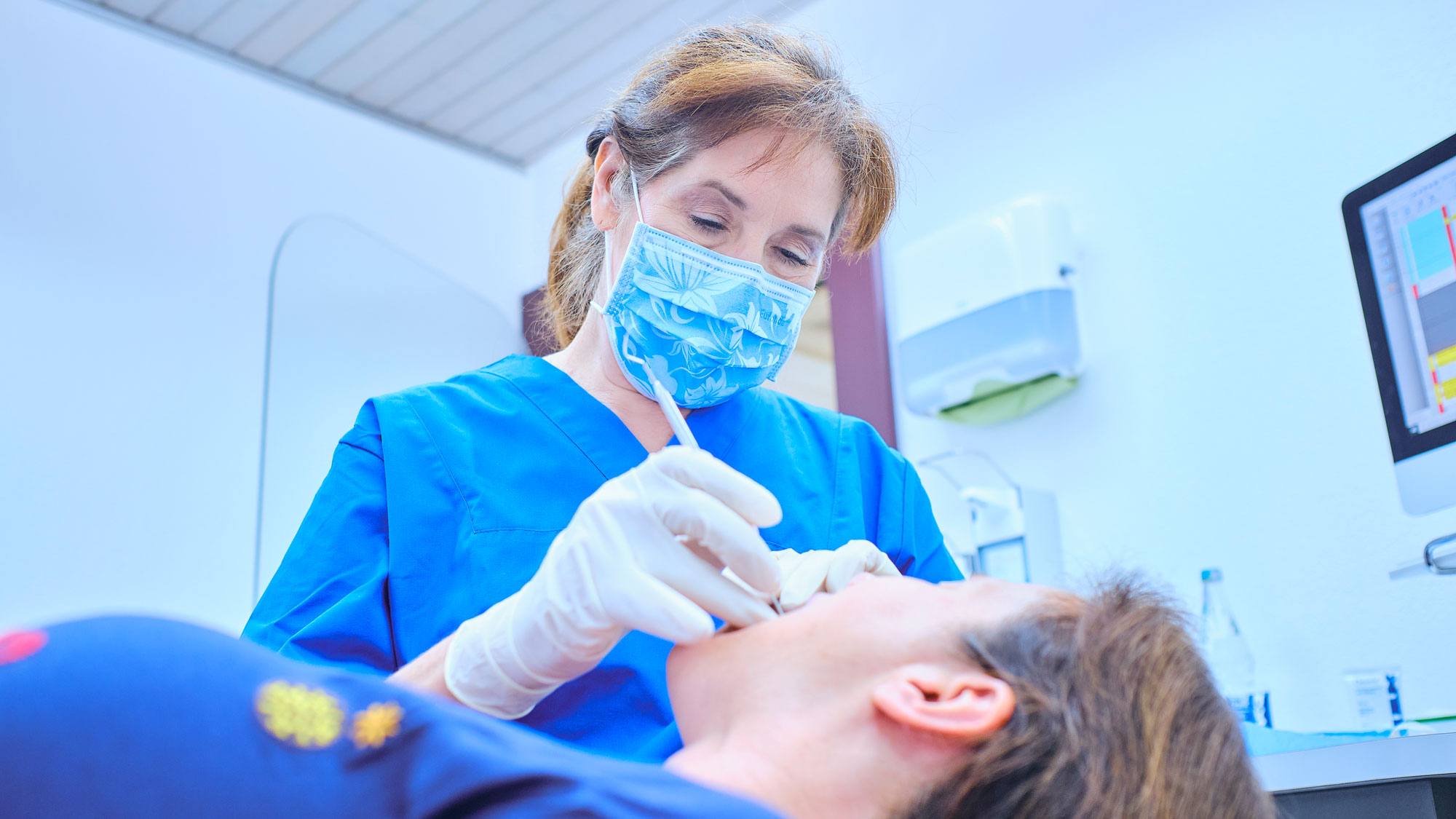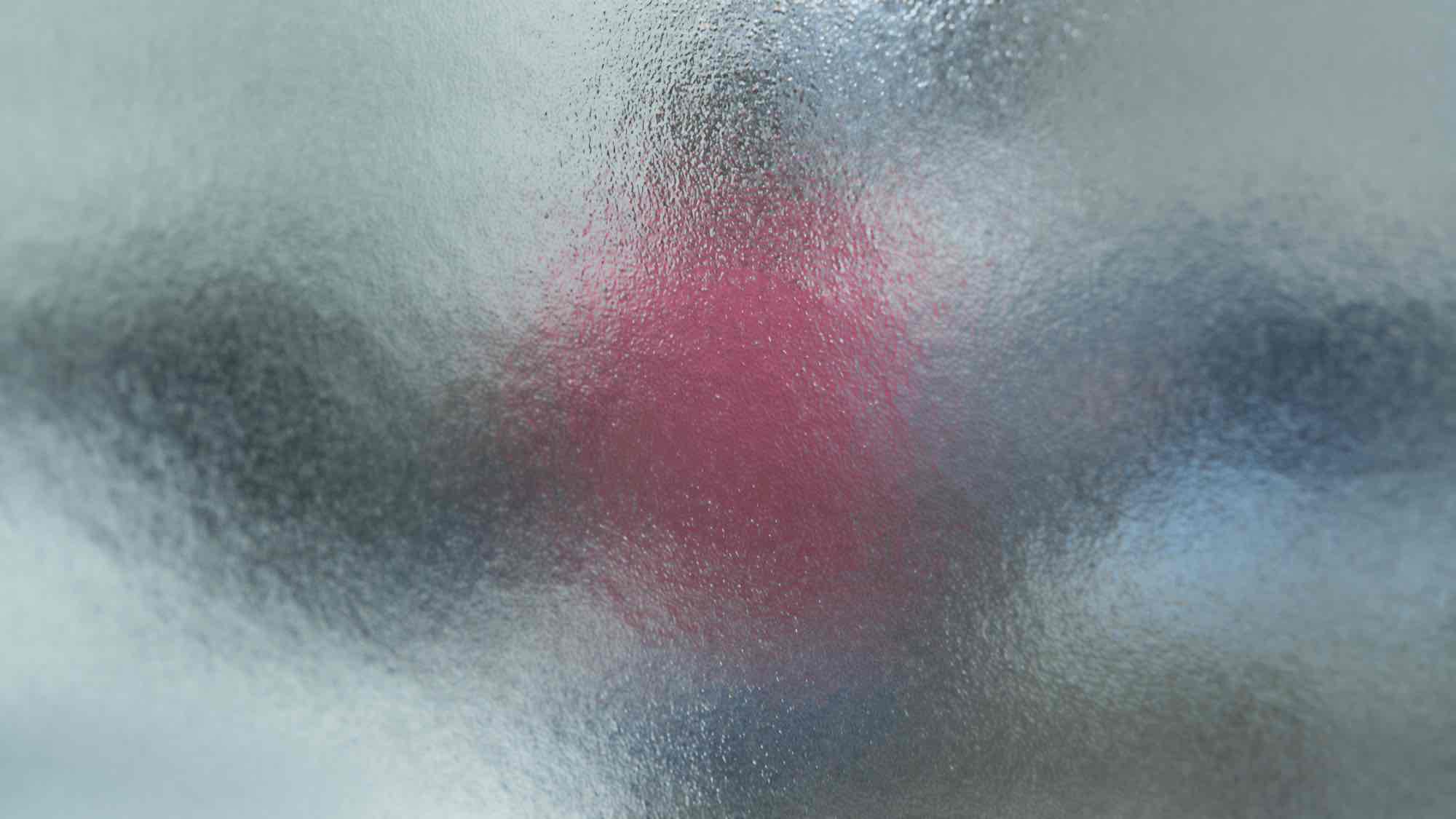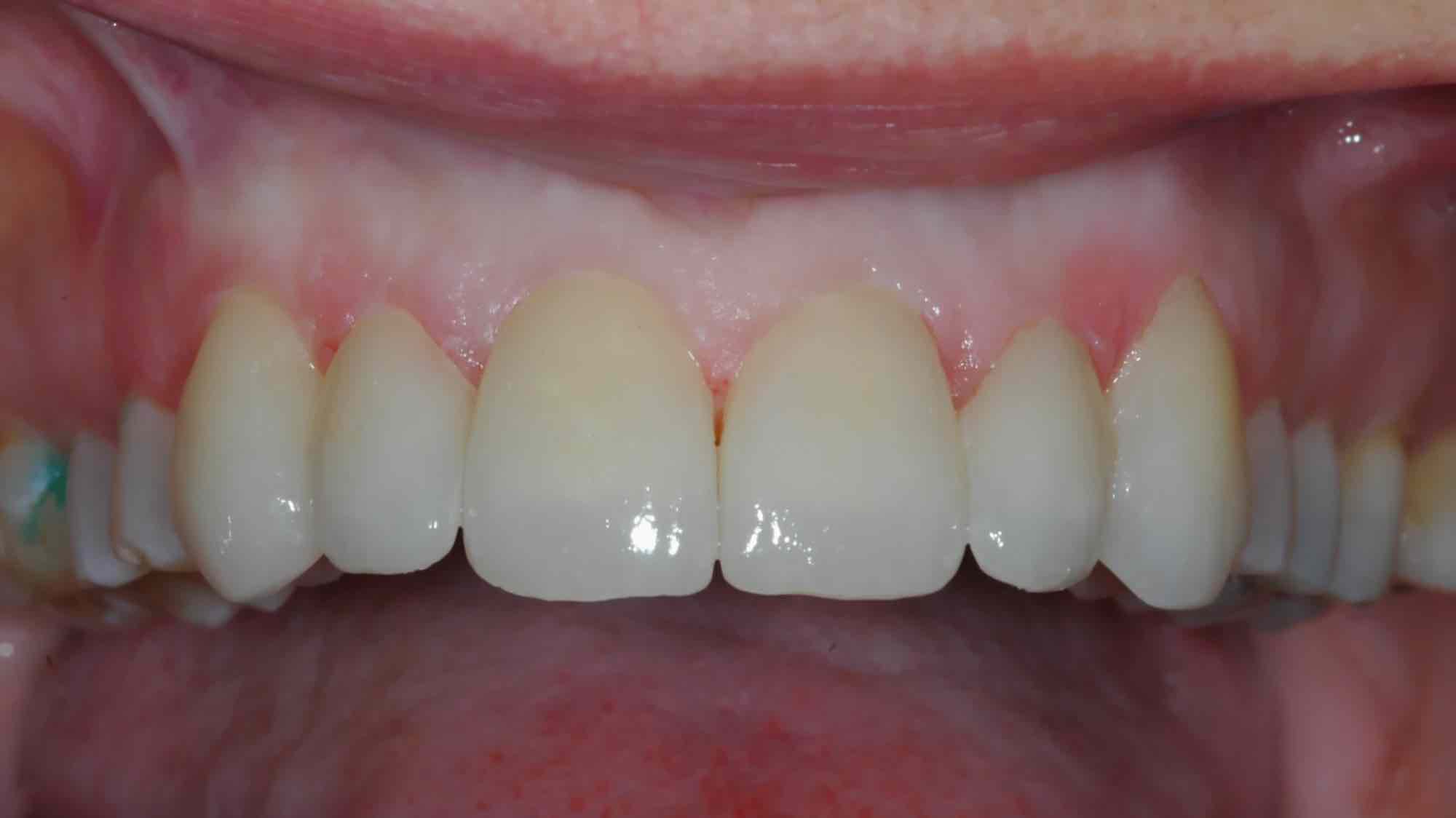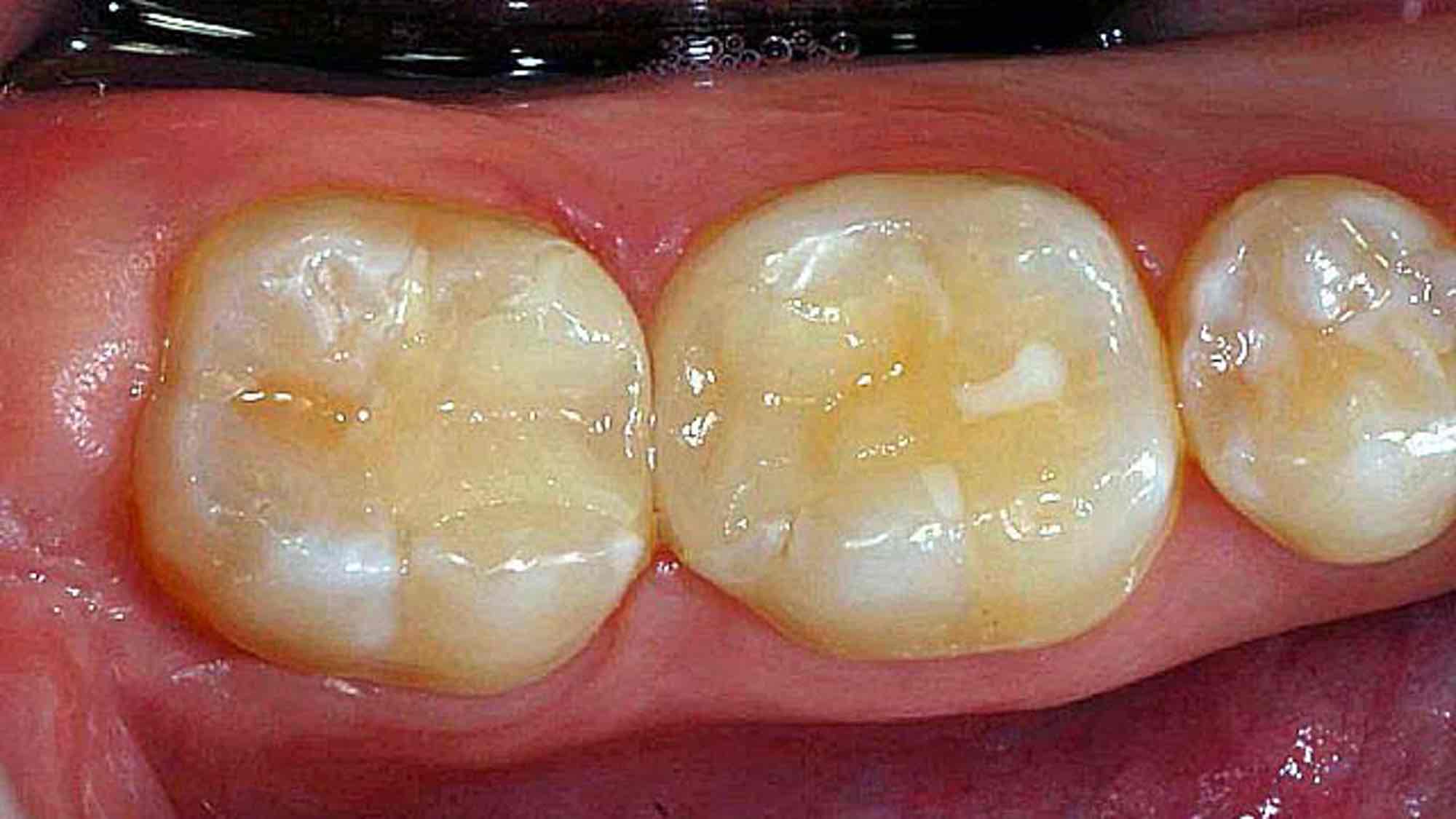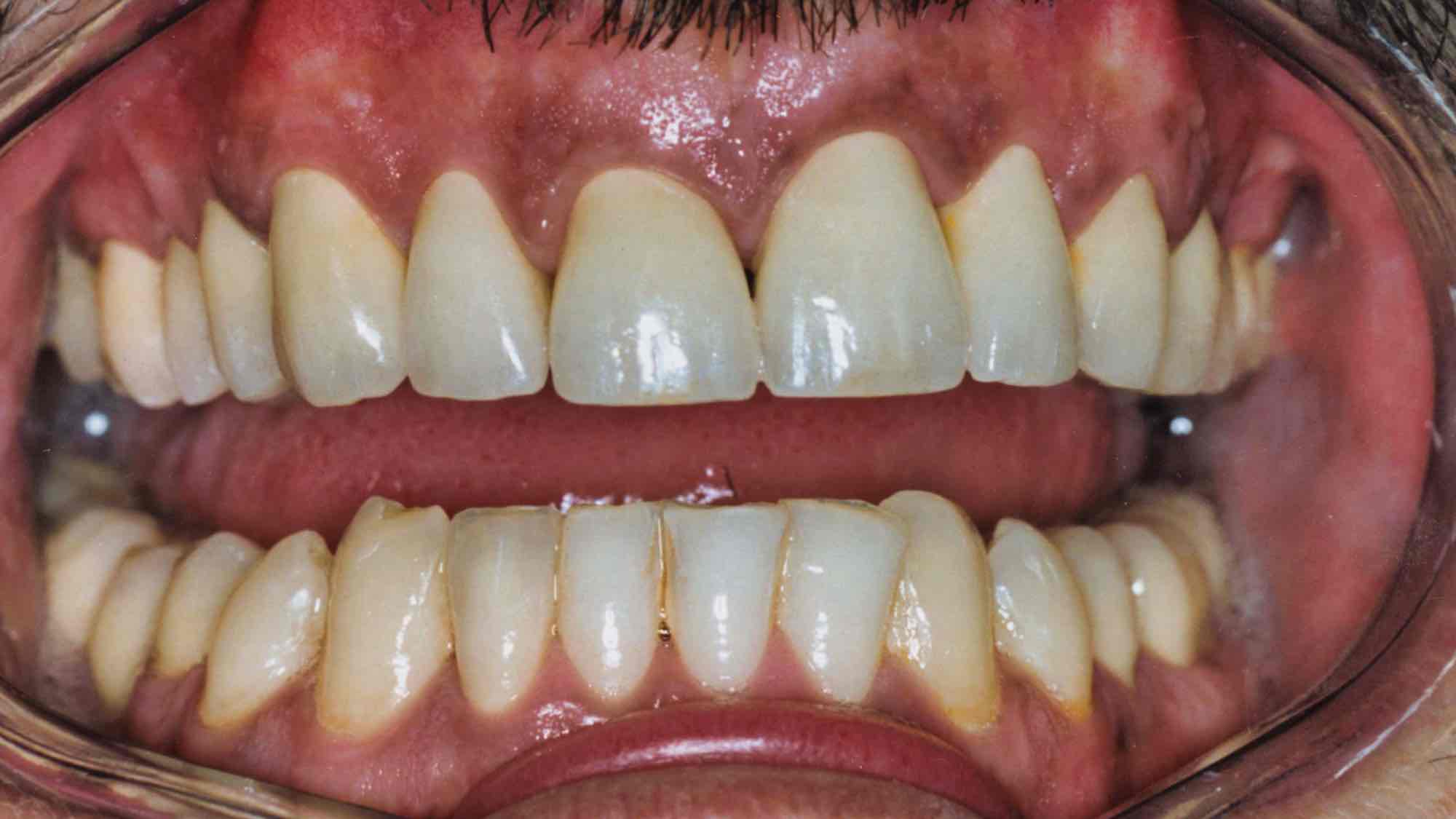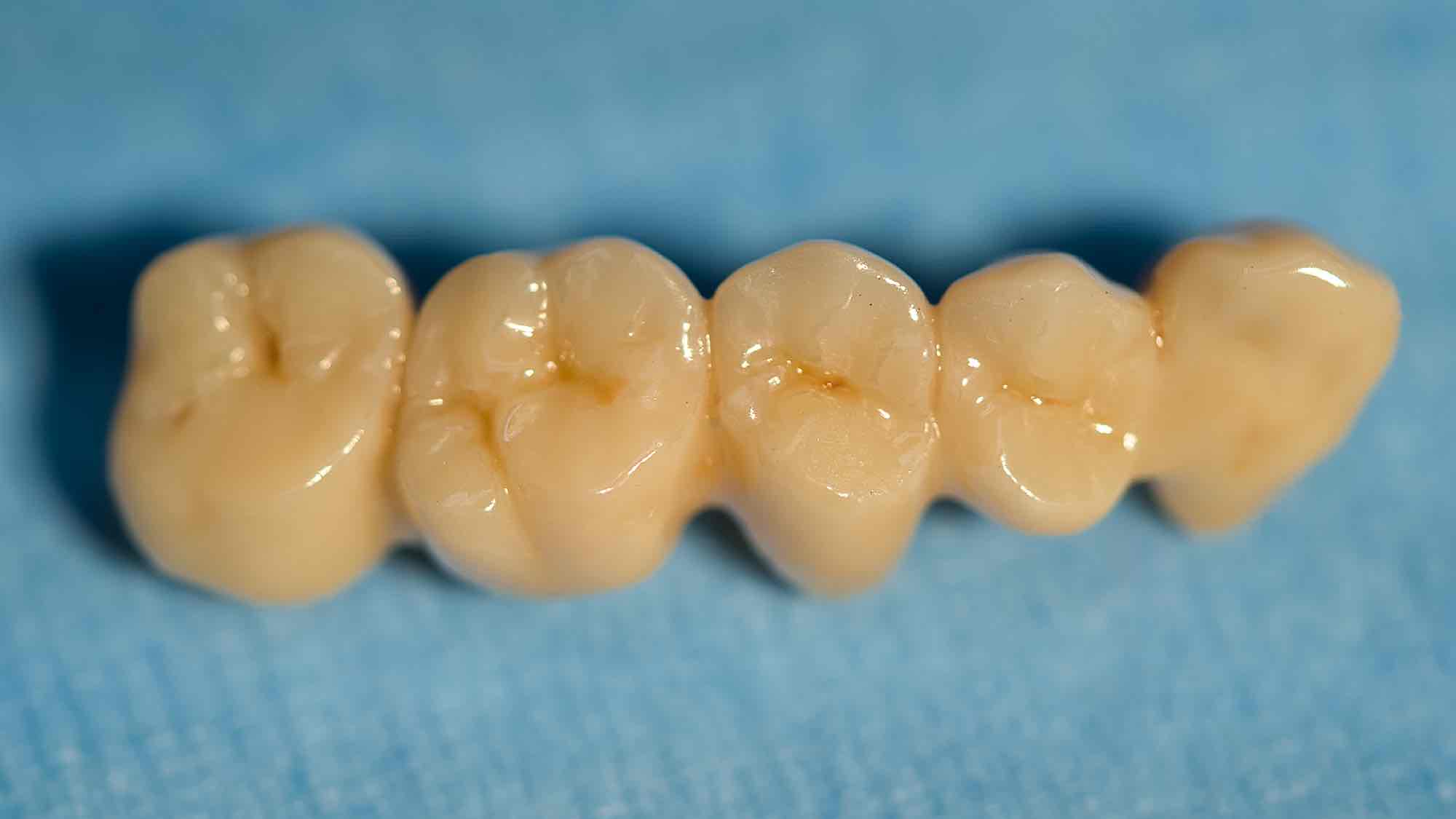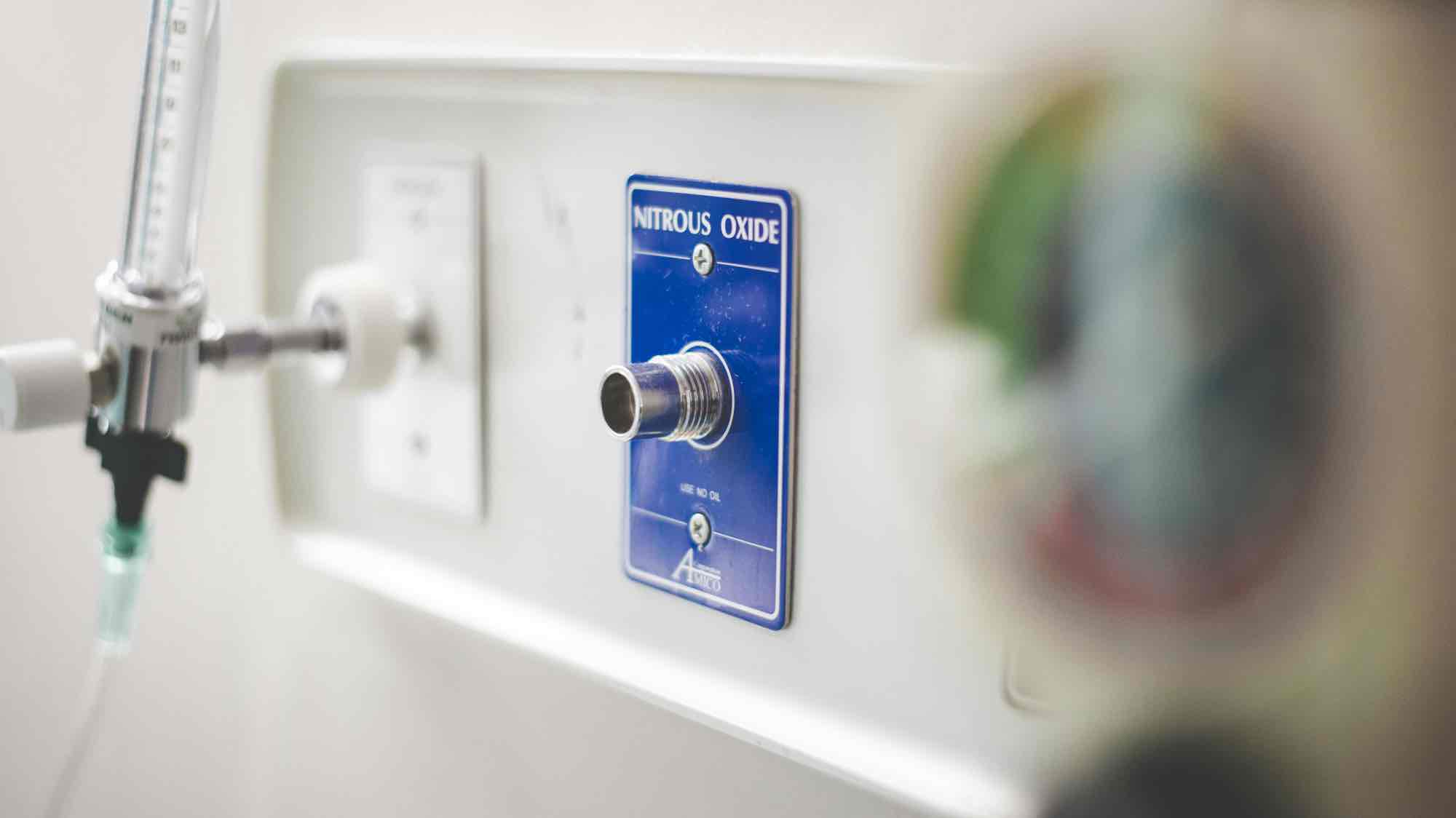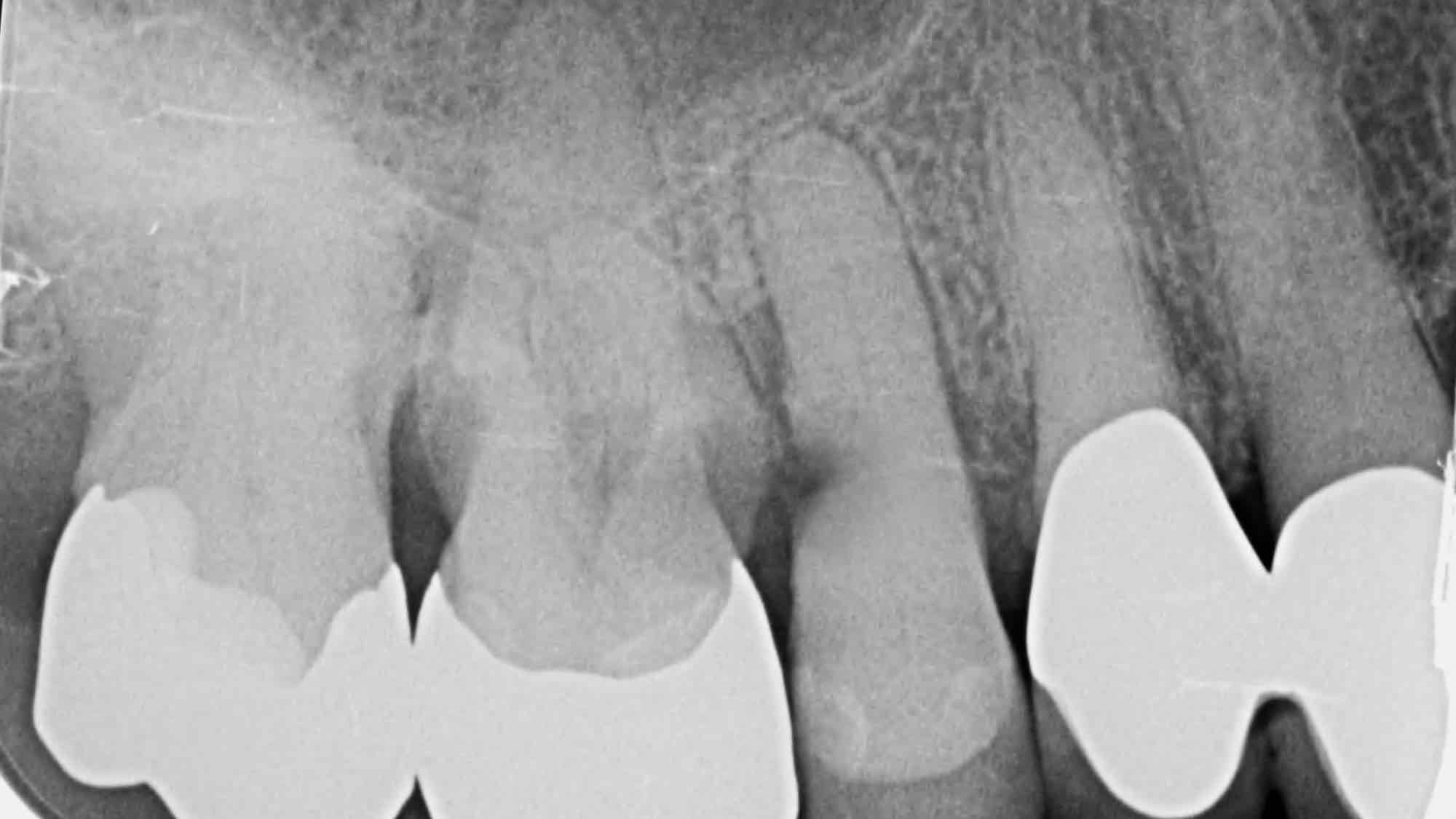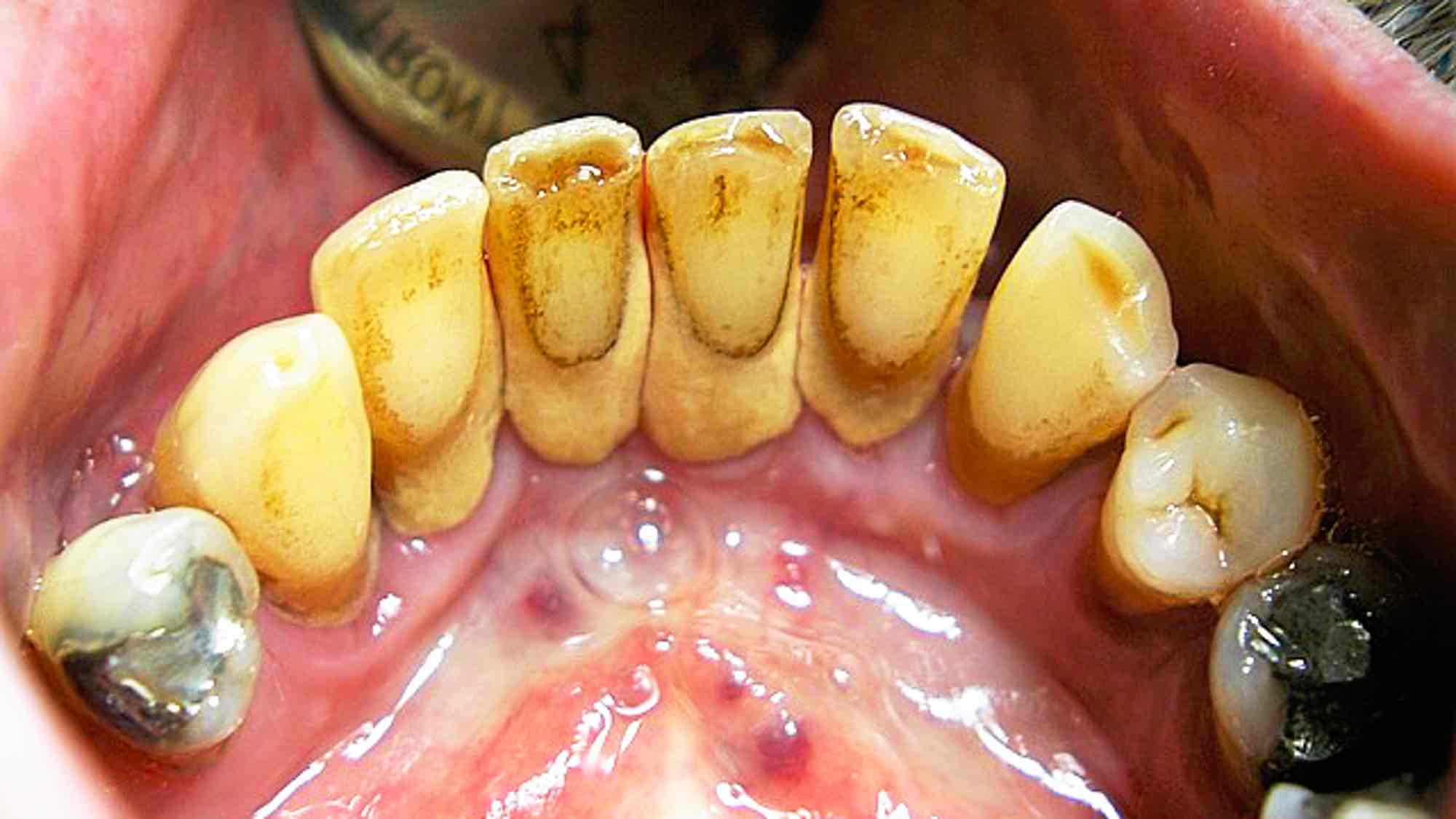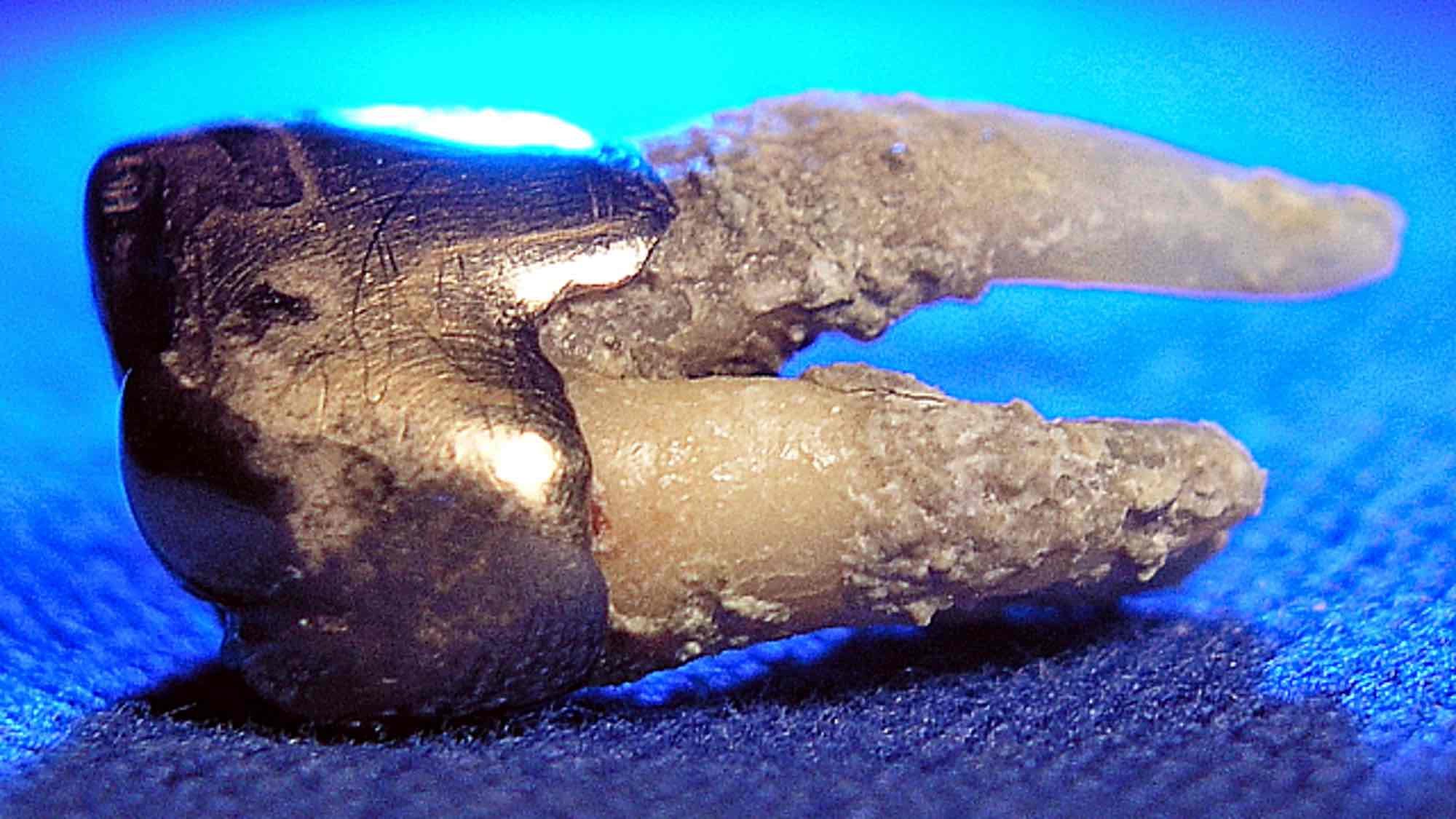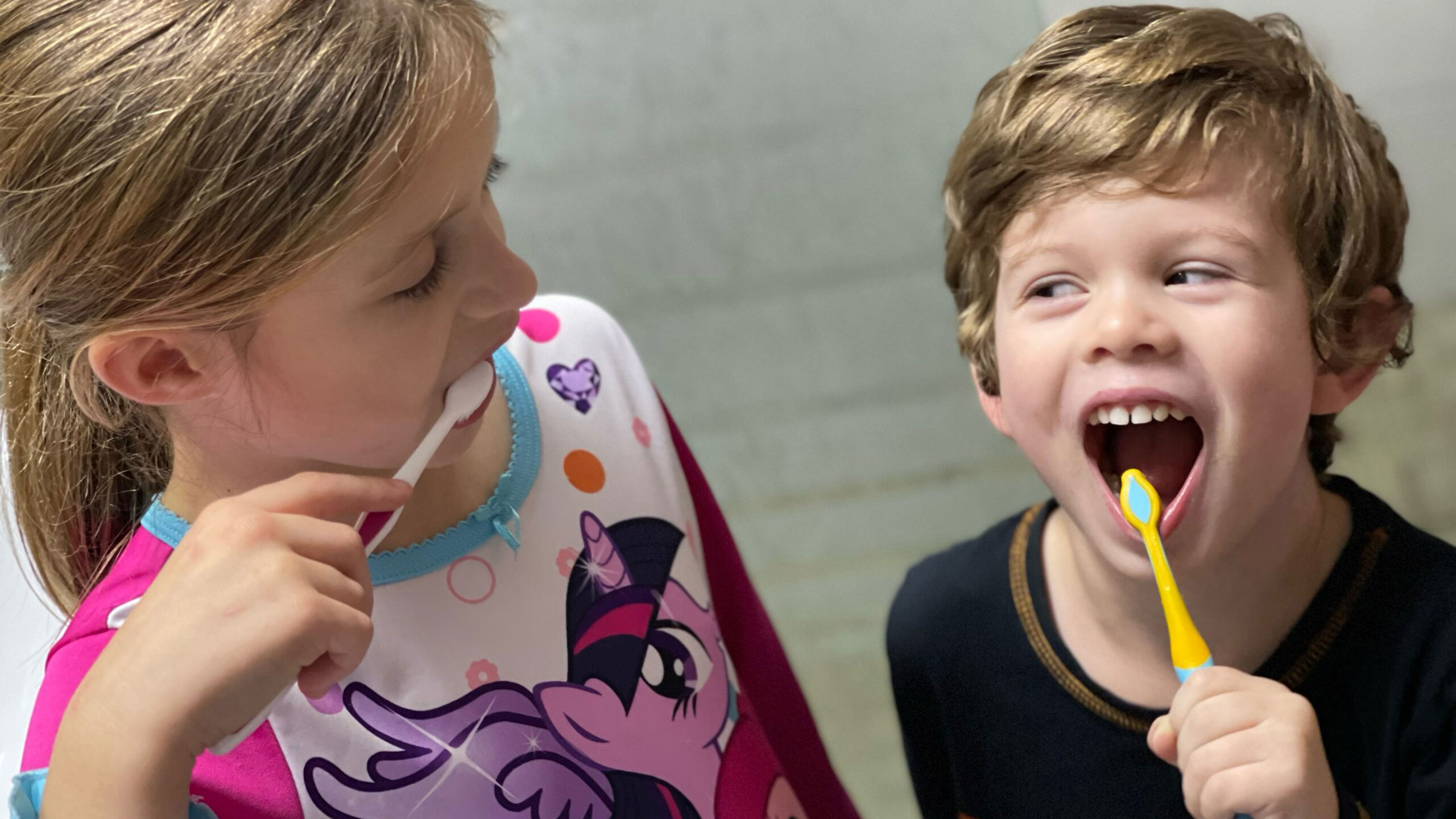Preventive dental care
Few areas of medicine offer such effective disease prevention as dentistry. And the best part is that it requires minimal effort: You come to the practice twice a year for approximately one-hour preventative care sessions, possibly followed by a checkup.
Fluoride
For decades, fluoride was undisputed in caries prevention. Now, scientific publications have emerged that necessitate a re-evaluation. Here are some thoughts on the matter!
Periodontitis
The disease we call periodontitis is an incredibly complex process, which I can’t explain in full detail here. Instead, I’ll give you some illustrations so that you can understand the principle behind this complex process.
Veneers
Veneers are wafer-thin shells, usually made of ceramic or composite plastic, that are bonded to the visible outer surface of the teeth. They are designed to create an aesthetic smile by enhancing the appearance of the teeth.
Fillings
Dental fillings at the dentist are used to repair cavities. Materials such as composite, amalgam, or ceramic are used to restore damaged teeth. Fillings protect against further damage and pain. Regular check-ups are important.
Dental crowns
Dental crowns are used to protect and stabilize severely damaged or root-treated teeth. They are made of various materials and improve both the function and aesthetic appearance of the teeth.
Dental bridges
Dental bridges are prosthetic solutions that replace missing teeth. They consist of several parts that are attached to adjacent teeth to restore function and aesthetics.
Dentures
By definition, dentures are always removable tooth replacements. We have to make them when there are too few teeth for bridges and implants are not an option. They are often the last viable option.
Nitrous Oxide
Inhaling nitrous oxide through a nasal mask is a method used worldwide to relax patients and reduce their anxiety. It’s important to note: this is not anesthesia or general anesthesia.
Dental X-rays
X-rays are essential in dentistry, as early detection of dental damage would often be impossible without them. Thanks to digital technology, radiation exposure is almost negligible.
Regular team meetings
We have a team meeting at least once a month, which primarily serves to provide continuing education in all areas of dentistry.
Supragingival calculus
Supragingival calculus is soft, similar to pumice. The bacteria that cause plaque particularly like to settle on the rough surface. To prevent the plaque bacteria from finding optimal conditions, Supragingival calculus is removed during a prophylactic appointment.
Subgingival calculus
Subgingival calculi are brownish-gray deposits on the root surface in the gum pockets, thus hidden from view. And they are as hard as concrete. Detecting and removing them is a true art. RDH’s are best at it!
Xylitol
Xylitol, also known as birch sugar, is often touted as a substitute for regular table sugar. As always in life, there are not only advantages, but also side effects that aren’t so pleasant!
Reception
The reception desk at the practice is your first point of contact as a patient. Here’s a short article so you can see the incredible work these ladies do every day.
Hygiene
In a dental practice, (almost) everything revolves around hygiene, because patient and dentist are in very close proximity. No compromises can be made here; hygiene standards must be consistently implemented.
Dentistry of the future
I am concerned about the societal developments in dentistry in Germany. Here are some suggestions for your own research and considerations.
Toothache
Toothaches can really turn the world upside down for those affected. That’s why we do everything we can to help as quickly as possible. But you should know that in an appointment-only practice like ours, a patient in pain creates a lot of stress for the team!

